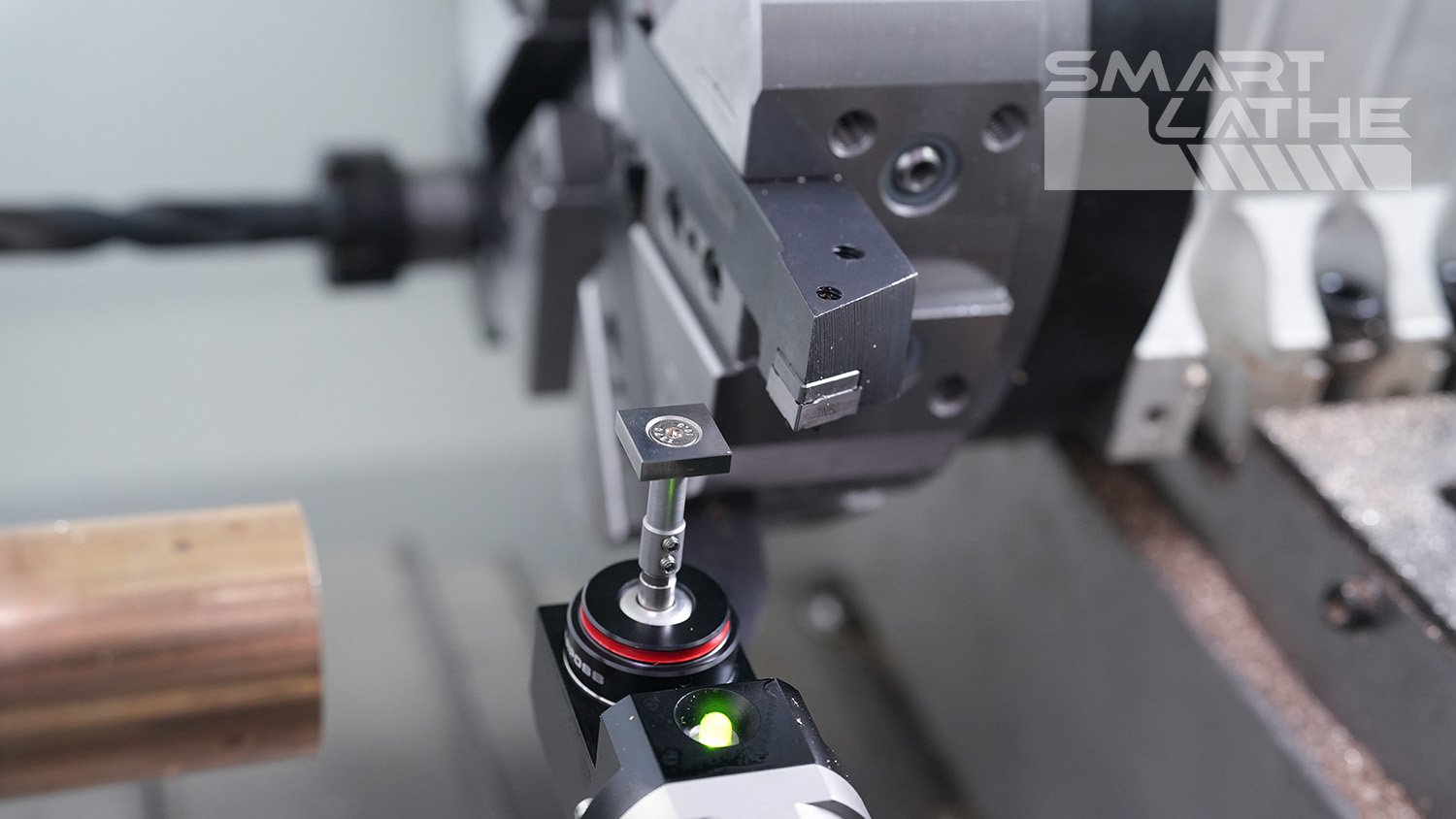The application of tool setters on CNC lathes
On CNC lathes, the tool setter is a crucial device for ensuring the correct installation and positioning of tools, as well as monitoring and adjusting tool conditions.
1.Types of Tool Setters for CNC Lathes:
CNC lathes commonly use mechanical, optical, and electronic tool setters.
1.1 Mechanical tool setters measure tool position using mechanical sensors.
1.2 Optical tool setters achieve high-precision tool measurement through optical sensors or cameras.
2.Applications of Tool Setters on CNC Lathes:
2.1 Tool setters are used for precise tool positioning and installation. Before machining, it's essential to ensure the correct installation of tools on CNC lathes with accurate positioning. Tool setters measure tool position and direction using mechanical, optical, or electronic sensors, comparing them with set values to adjust tool position, ensuring ideal relative position and angle with the workpiece.
2.2 Tool setters are employed for monitoring tool conditions. During machining, tool wear or damage may affect machining quality. Tool setters can monitor tool status, such as wear degree or damage, in real-time, issuing timely alerts or prompts for tool replacement or repair, ensuring machining stability and quality.
2.3 Tool setters are also used for adjusting cutting parameters. By monitoring tool status and machining conditions, tool setters can provide data support, assisting operators in adjusting cutting parameters such as cutting depth, cutting speed, etc., to optimize machining results, improve machining accuracy, and efficiency.
2.4 Tool setters can also be used for automated machining processes. Some advanced CNC lathes are equipped with intelligent tool setting systems, enabling automated tool setting and status monitoring, reducing manual intervention, and enhancing production efficiency and consistency.
In conclusion, the application of tool setters on CNC lathes involves precise tool positioning, monitoring and adjusting tool conditions, optimizing cutting parameters, and automating machining processes. They not only improve machining precision and efficiency but also ensure machining quality and equipment safety, making them indispensable in modern manufacturing industries.



